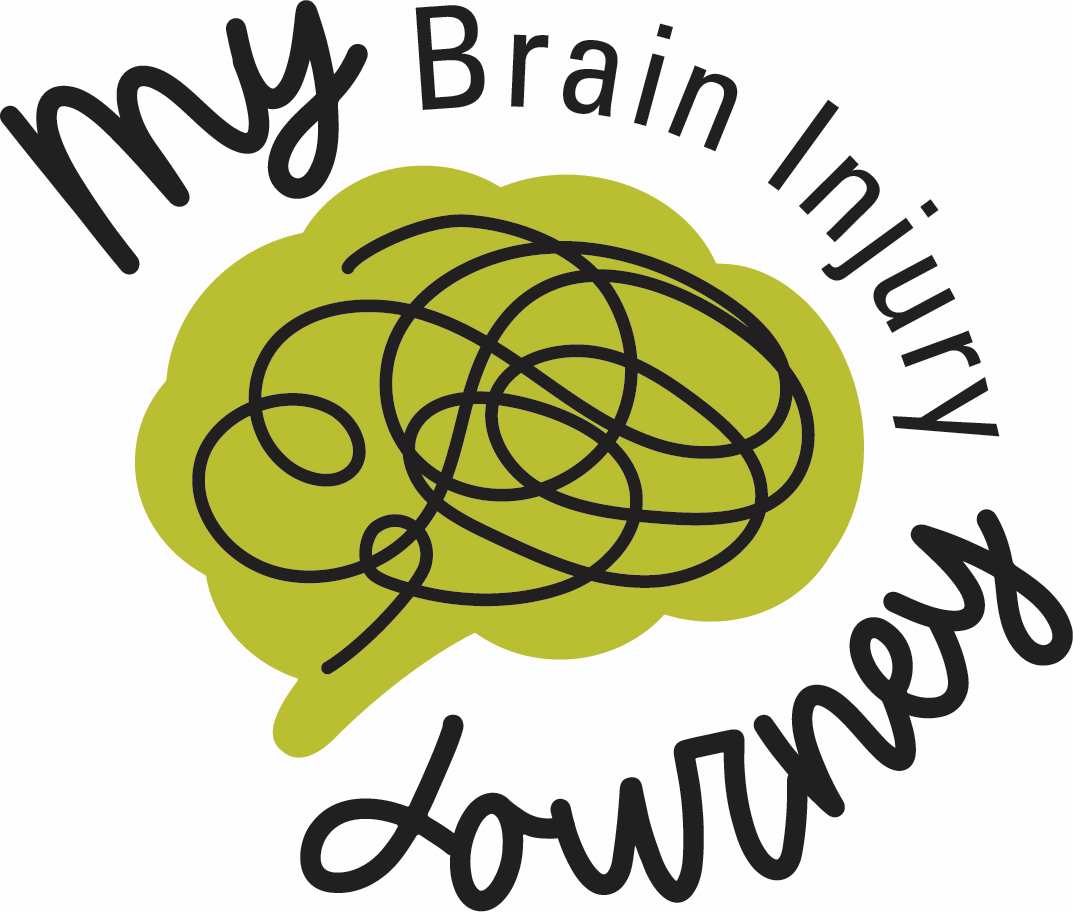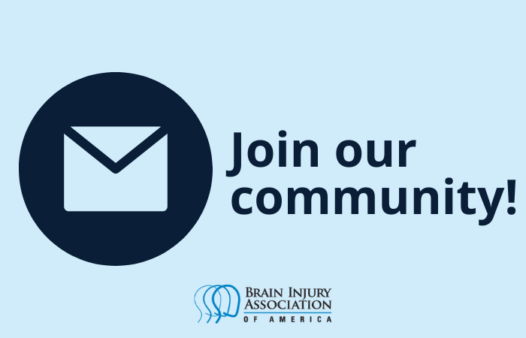Kelly Lang

My introduction to the world of brain injury is unique. I was driving two of my daughters to a dance rehearsal on the evening of November 27. 2001. My last memory is pulling out of the driveway of our home. Less than 5 miles away, I slowed down at a yellow traffic light and was hit from behind, pushed forty feet across three rows of traffic, and landed suspended by a guardrail.
I woke up to the voice of my 5-year-old daughter yelling, “Mommy, Mommy wake up!” Someone on my left side asked me if anyone was in the third row of my brand-new, Toyota Sienna minivan. I replied no, but instinctively knew something was wrong with my three-year-old daughter who was strapped into her car seat directly behind me. I yelled for them to save her.
My daughter was diagnosed with a traumatic brain injury when she arrived at the hospital. The doctors did not know if or when she would wake up from the coma. My husband and I sat by her bedside, instructed that we couldn’t hold her and could only speak softly to her. She woke up after nine days in the intensive care unit and was transferred to an in-patient rehabilitation two weeks later. The doctors told us to plan for a six to nine stay. Remarkably, she came home in two weeks.
Since our family was finally all living under one roof, I thought we would finally start to heal. My younger daughter still needed various therapies and we had no idea what the future would hold for us but we were thrilled to be together again. Two months later, I started noticing symptoms; I was exhausted, couldn’t comprehend what I read, couldn’t balance the checkbook, and was easily overwhelmed. When a neuropsychologist told me I had a brain injury, I went home and sobbed. How was I going to take care of my daughter while dealing with my own injury?
I noticed we had similar symptoms such as word-finding difficulties, fatigue, PTSD symptoms, and much more. This gave me insight into what she was experiencing. I knew when she had difficulty finding or retrieving words, the best thing for us to do was wait for her to figure it out. It didn’t help when others tried to “fix” it by speaking for her. She needed to figure it out on her own. Facing these challenges together became a turning point for both of us.
In the beginning stages, I looked for resources to help us navigate this new world but often came up empty. There weren’t many books for children about brain injury and I couldn’t find any books about a parent and child having concurrent brain injuries. I started telling our story to heal and educate others about brain injury. My first speech was for an emergency responder refresher class. Three former trauma patients told our stories to illustrate the powerful and admirable work of the responders. I eventually joined a speaker’s bureau through a case management organization. Each time I told the story of her injury as well as my own, the audience members told me how inspirational our story felt.
This feedback and the shared stories gave me hope and a community of other survivors who had experienced a similar life-changing event. Yet, I still looked for a story like ours. It is human nature to seek similarities in our shared experiences. As a mother, I focused most of my energy on my daughter’s recovery and put my own on the back burner. I didn’t talk about it and tried to compensate for the things I no longer could do.
Ten years after our accident, I realized that if I didn’t speak about my injury, then how would my daughter feel comfortable talking about hers? I had been telling her that the injury is part of her but it didn’t define her. I realized that I was being hypocritical by not speaking about my own experiences. I vowed at that point, I would speak about my injury and share the difficulties I have encountered with my symptoms. By expressing myself, I was setting an example for her.
My daughter and I deal with different symptoms. The adage, ”If you’ve seen one brain injury, you have seen one brain injury; no two are alike” is true. Her injury is quite different than mine. When she suffered her injury, she was only three years old; her brain wasn’t fully developed, and the amount of learned information was limited. It’s more difficult for her to learn new words, concepts, and more. It takes her longer to process information.
I advocate for her, me, and all the other survivors, caregivers, and families who have a loved one living with a brain injury. My passion is teaching others how to live in this new reality. It isn’t always easy. There are some very long and hard days and nights but we need to celebrate our joys. We can all find a moment to exalt in our day. It can be seeing a flower bloom, taking a walk, laughing, reading a book, or having coffee with a friend.
My husband and I co-wrote a book, The Miracle Child: Traumatic Brain Injury and Me, which tells the story of how our family grew stronger following such a devastating accident. Our lives changed in an instant, but that doesn’t mean we cannot make something great of our new opportunities. Here is a quote I try to remember:
We must let go of the life we planned, so as to accept the one that is waiting for us.
Joseph Campbell


Join the Conversation